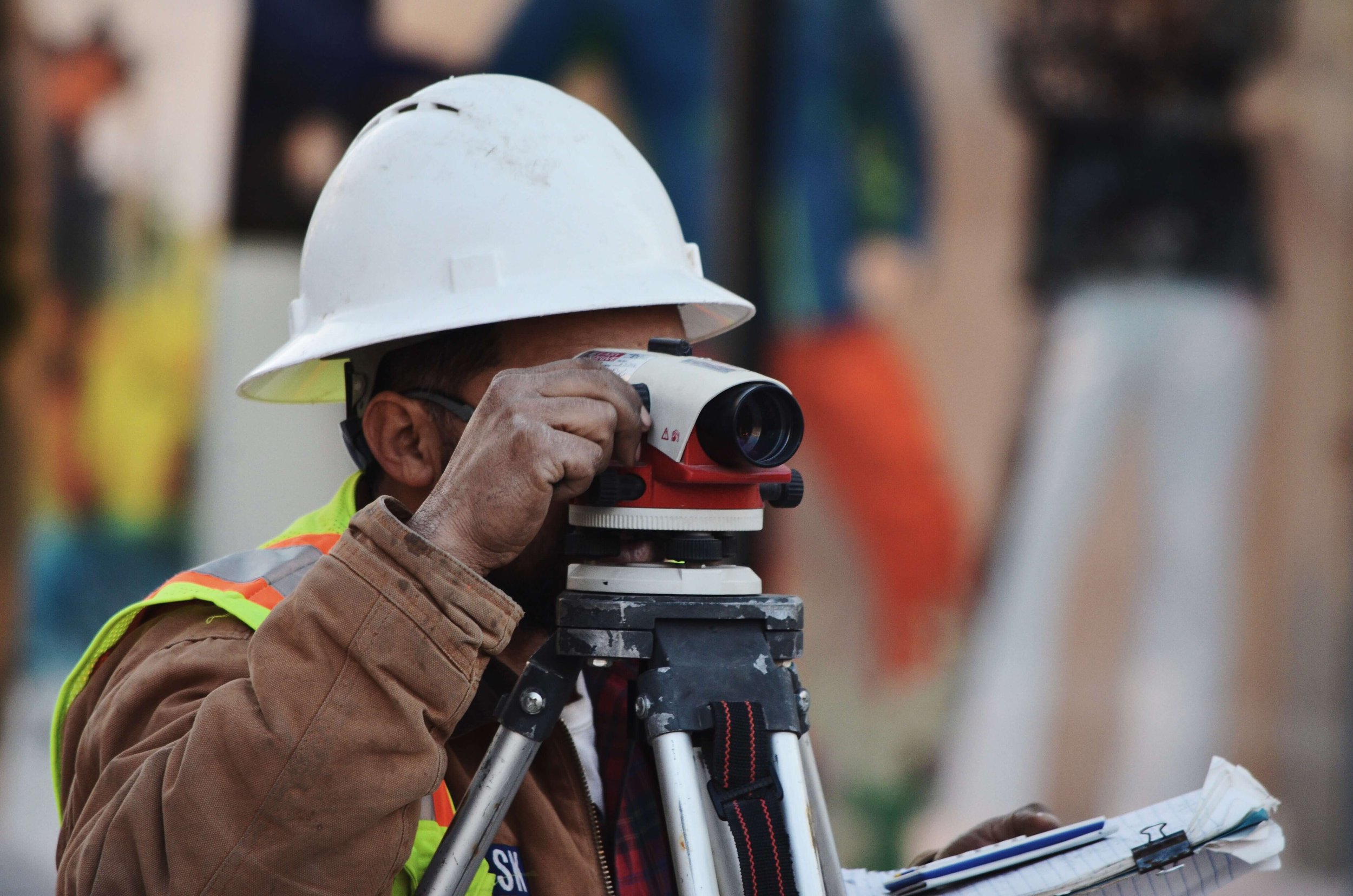5 Unique Benefits of Using Geospatial Tools for Construction Planning
Using geospatial tools for construction planning can reduce errors, improve design accuracy, strengthen communication, minimize environmental impact, and more. A geographic information system (GIS) can provide valuable geological and geographic data in one place. What are the benefits of applying this data to improve the design process?
1. Improved Communication
Using GIS tools for construction planning is a great way to improve communication among stakeholders, designers, and the field team. Communication between key members can have a major impact on overall success. Employees that don’t share information effectively or work with different sets make errors much more likely.
In fact, poor project management is one of the top five most common causes of construction errors. Geospatial tools can help leaders stay on the same page and work together more effectively.
For example, stakeholders are more likely to bring up questions, concerns, and design changes early in the planning process when they can view everything in one place. GIS tools are perfect for this since they centralize data and plot it out on the actual geography of the project site.
2. Clear Geographic Context
Viewing construction designs in their real-world geographic context is invaluable for planning. It helps prevent miscommunication, confusion, errors, and more. Geospatial tools improve clarity so project leaders can stay informed from concept to completion.
For example, geospatial tools can help project managers select sites more wisely. It is often difficult to predict every possible geological issue a location might have at the project’s outset. This is especially true when site selection is happening alongside architectural design, meaning surveyors might not have access to completed designs yet.
GIS data provides information about sites’ geology, elevation, and surrounding environments. Surveyors can even use advanced sensing technologies like radar and LiDAR imagery to thoroughly assess the terrain and what lies beneath it. Compiling all this data in a geospatial analysis tool keeps construction project planners more informed during site selection.
3. Improved Design Accuracy
One of the most important priorities for the construction planning stage is ensuring the field team has as much information as possible. A wealth of accurate, up-to-date data goes a long way toward preventing errors, which frequently cause budget overruns. Geospatial tools can reduce error rates and the resulting expenses by helping the planning team craft more accurate, consistent designs.
Some late-stage design changes are due to stakeholder requests or late additions. However, changes can also be due to unforeseen geological conditions that make part of a build site unsafe or poorly suited for construction. These situations are preventable with more in-depth geographical data.
Additionally, GIS platforms can use information from other sources, such as BIM data sets or models. This means the design team can test CAD designs in the context of the actual geography or perform predictive analysis of water runoff patterns. GIS platforms can provide a comprehensive overview of the proposed structure, design elements, and site terrain leading to more accurate, informed decisions.
4. Reduced Environmental Impact
Without enough data available beforehand, construction companies may accidentally end up building in an area with a sensitive ecosystem or rare wildlife. The terrain can inadvertently damage the surrounding environment even if no animals live in the proposed site.
For instance, paving over a hill could lead to more rainwater runoff, causing a nearby stream to flood. Buildings can also have a long-term impact on the surrounding environment through emissions. Research shows building operations account for 27% of energy sector emissions worldwide.
GIS platforms can greatly reduce harmful environmental side effects like this. Access to a wealth of detailed geographical data minimizes the risk that possible ecological issues will go unnoticed. Project planners can use geospatial tools for construction planning, such as analytics and modeling, to predict all the possible side effects of building in a specific location.
Additionally, geospatial tools can help create more sustainable buildings. GIS data can be invaluable for developing green buildings. For example, geographic information showing how heat and sunlight affect a construction site could guide the design of a sustainable building envelope customized for those conditions.
5. Simplified Site Organization
Geospatial tools for construction planning can have everyday logistics benefits. Detailed site geography information is a game changer for site organization, greatly impacting operational efficiency.
For example, fuel consumption increases if construction vehicles take long routes from materials stockpiles to a building area. On the other hand, a course that appears to be the most efficient may actually use more gas due to a large hill or uneven terrain. Idling for excessive amounts of time can also decrease fuel efficiency.
GIS planning tools can help construction managers organize their sites as efficiently as possible to avoid these challenges. As a result, vehicles can use fuel better and materials can be moved and stored more strategically.
The Benefits of Geospatial Tools for Construction Planning
Using geospatial tools for construction planning ensures project leaders choose sites wisely and minimize errors through more informed design decisions. GIS data can reduce the environmental impact and aid in creating more sustainable structures. Access to a clear geographic context for projects also gives stakeholders a clear idea of how a building will look and function once complete. This boosts efficiency and ensures projects meet company and client expectations.
Author: Emily Newton
Cover image by Scott Blake on Unsplash







